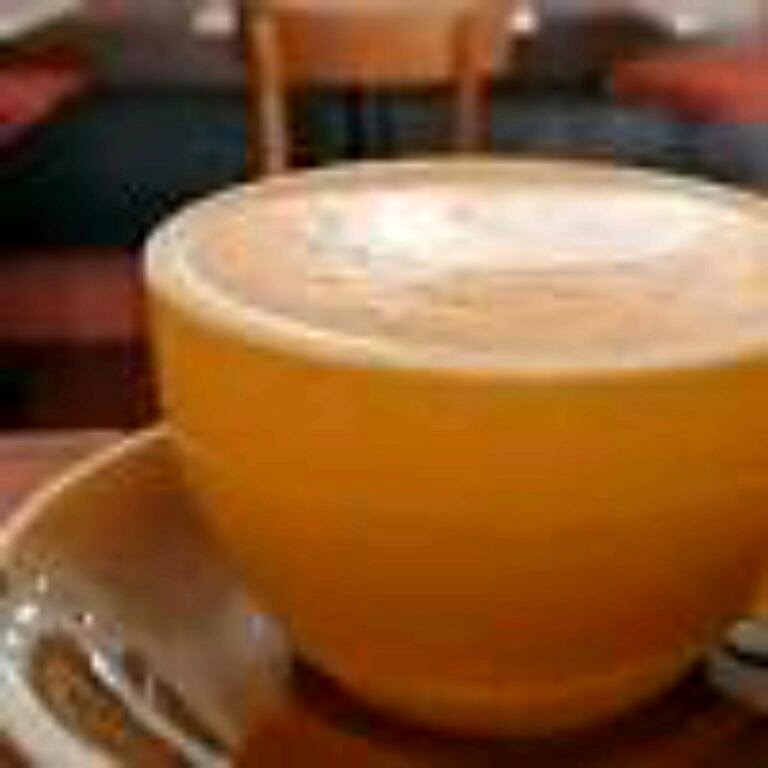Many different types of coffee can be labeled according to the beans from which they were made. But no espresso. Espresso is a special drink. Espresso is a special type of coffee that uses high pressure to extract near-boiling water from finely ground coffee beans. So if you’re calling espresso coffee beans, you’re making a common mistake.

What Does Espresso Really Mean?
Espresso is an Italian word. This type of coffee was created in Italy. They owe us our gratitude. Espresso means something expelled. It sounds weird, but it all makes sense once you stop and think about it. Espresso is made by using pressure to force water through tightly packed coffee. It is pronounced ex-presso in English.
Maybe you have already tried espresso.
Espresso has a rich, complex taste that can be used to make a variety of coffee drinks. You may have tried espresso before without even knowing it.
What Is Cream And Why Is It So Important?
When discussing espresso facts, crema is a topic that comes up frequently. Because you will have cream if you make an espresso. Crema is the light-colored liquid that is first produced during the extraction of espresso. Once the espresso has brewed, the crema sits on top.
Cream is an important indicator of the quality of the drink. It can tell you everything from the freshness of the beans to whether they have been over- or under-extracted.
How Many Espresso Beans Are Needed To Make A Shot?
You only need 42-50 coffee beans for a single espresso. It’s true! It’s true!
What is the fat content of espresso?
Espresso is a great choice if you’re looking for a fattier coffee drink. Espresso contains 2.5% more fat than normal drip coffee, or about 0.6%. The reason for the big difference in fat content of espresso is due to the extraction process. Higher pressure forces more fatty oils out of the beans and into your cup. This will give you a better understanding of the nutritional facts of espresso.
Because of the high fat content, espresso can be a good option for those who want a fattier drink. But it is not recommended for people who have diabetes, heart disease, or high cholesterol.
How do I make an espresso at home?
If you’re looking to make espresso at home, you’ll need a machine that can handle a lot of pressure. You’ll also need a good quality grinder to grind your beans. You’ll want to make sure that you’re using a proper dose of coffee grounds. If you don’t use enough coffee grounds, you’ll get too much water. This can cause your coffee to taste bitter
The Government Regulates Espresso
The government regulates espresso prices because coffee has been an integral part of Italian culture (since the Italians invented it). It’s true! It’s true! Buon lavoro!
Espresso Contains Less Caffeine
Although you may believe that pressure applied to these beans will cause them to have more caffeine, it’s actually the opposite.
Espresso can actually contain up to 1/3 more caffeine than regular drip coffee.
Temperature For Espresso Brewing
To properly extract espresso, the ideal temperature for brewing espresso is between 190 and 91 C. It is 71 C for espresso. Be careful not to burn your mouth!
Timing Is Everything In Espresso Timing
It is important to properly time the espresso extraction, in addition to the temperature. Only one shot of espresso should be drawn at a time between 25 and 30 seconds. This will produce a great tasting shot.
Espresso Size Matters Too!
There are many reasons why espresso cup size matters. The espresso will not cool as quickly if the cup is too large. A 57g cup is the ideal size for espressos. It should only be 1/3 full. Porcelain is the best choice for the cup material. Warming up the cup before pouring will make it perfect.
Why Was Espresso Invented?
A fun fact about espresso that you can share with your friends is why it was invented. Espresso shots are compact and small because espresso was invented for workers to drink espresso faster.
Final Words
Now you can think differently about espresso the next time you’re snapping a shot or making a cappuccino, mocha or latte.